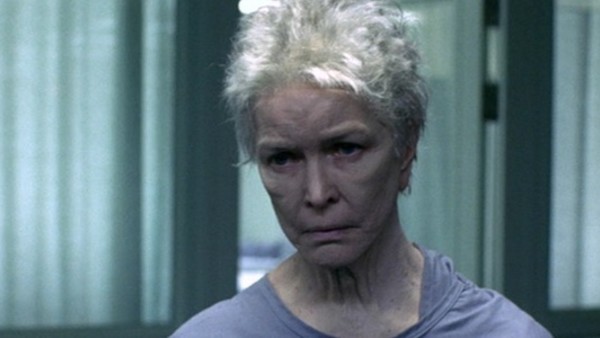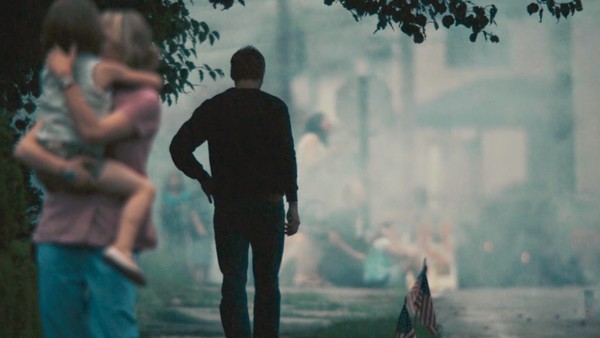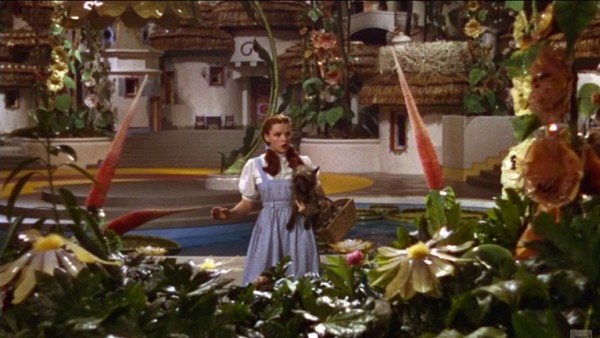50 Greatest Movie Scenes Ever
47. Sara's Fate - Requiem For A Dream

The entirety of Requiem for a Dream's ending, is one tragic, sweeping montage revealing the fates of each main character, followed by a haunting shot of each one curled in the foetal position. Each section works in tandem to create one of the most devastating movie finales ever, but there is one scene in between this grand climax that's unbelievably chilling.
Though Darren Aronofsky's movie is full of pretty horrible people doing pretty horrible things, Sarah's downfall, portrayed expertly by Ellen Burstyn, hits so hard because she's just an innocent (if delusional) old woman clinging onto pipe dreams. Her wish to "be on television" leads to her getting hooked on diet pills that mentally unwind her, to the point where she's physically and mentally a shell of her former self, and has to be institutionalised and then lobotomised.
It's the result of that procedure that's so traumatic. Expertly building tension to reveal her post-procedure state, Aronofsky shows the audience her two remaining friends first entering the hospital, and their reactions when they see what's become of Sarah. Their faces say everything, morphing from pure horror to total despair. Eventually, the director cuts to reveal Sarah herself, looking like little more than a husk, with nothing left behind her eyes.
[JB]
46. You Always Hurt The One You Love - Blue Valentine

Blue Valentine is probably as close as we're ever going to get to seeing the uncompromising reality of a breakup on screen. The film flashes back and forth between the early, passion-filled days of Cindy and Dean's relationship as well as its messy end, intertwining both in one devastating scene that juxtaposes their happiest memory against their saddest.
In one, after finally verbalising that it's over, the two burst into tears in the kitchen. It's a far cry from the grand break-up scenes found in other romantic movies, but the mundane domestic setting and short, often incoherent lines of dialogue keep the emotions feeling raw without it coming across like a full-on melodrama.
It's gestures rather than words that impact the most. Cindy recoils in horror when her husband puts his arms around her, repulsed at his slobbering affection. That image alone is heartbreaking enough, but it's contrasted almost immediately with a tender, 20-second long kiss the two share on their wedding day.
It's a whirlwind of emotion that encapsulates the evolution of the pair's entire history, with everything from the acting, directing and music working in perfect, traumatising harmony.
[JB]
45. Technicolour - The Wizard of Oz

For a fantastical film, The Wizard of Oz begins in a fairly understated, even drab setting, although entirely by design. The sepia-toned Kansas is there to give us a grounding of Dorothy's home (apparently there's no place like it), but also to serve as a killer juxtaposition for what comes next.
As the tornado hits, so too are we swept away on this adventure, watching the old world fly past as the film soars away to bigger, better, and brighter things. Then we land, and the camera pans to reveal the shift from sepia to the most glorious Technicolour imaginable, the land of Oz bursting onto our screens and filling it with life and colour.
The scene finishes with Dorothy's now-iconic quote: "We're not in Kansas anymore." That feeling, of an ineffable sense of awe, and of being transported elsewhere, is a key part of the magic of cinema. The Wizard of Oz retains it even now, so one can only imagine what it was like to witness back in 1939.
[JH]